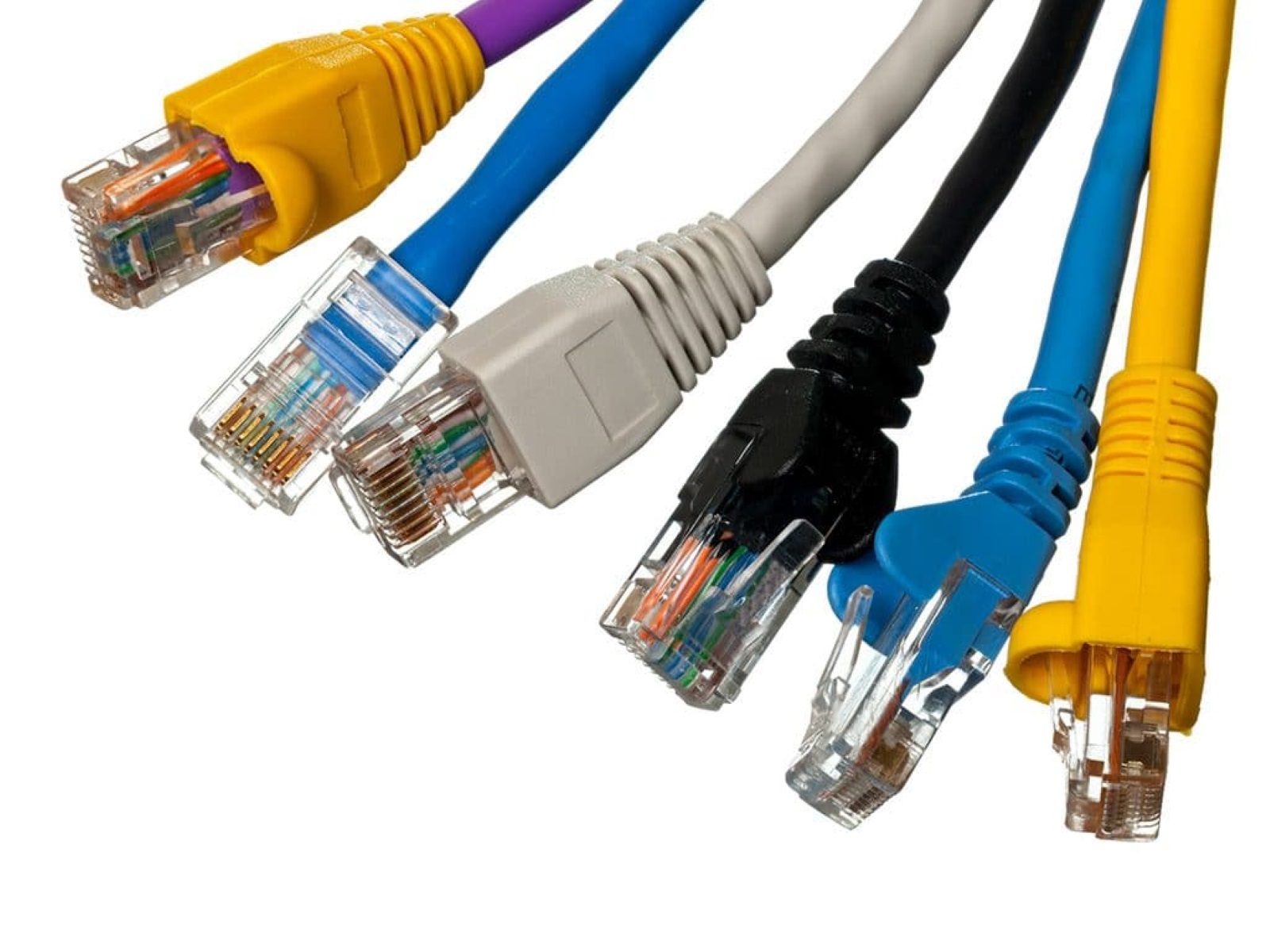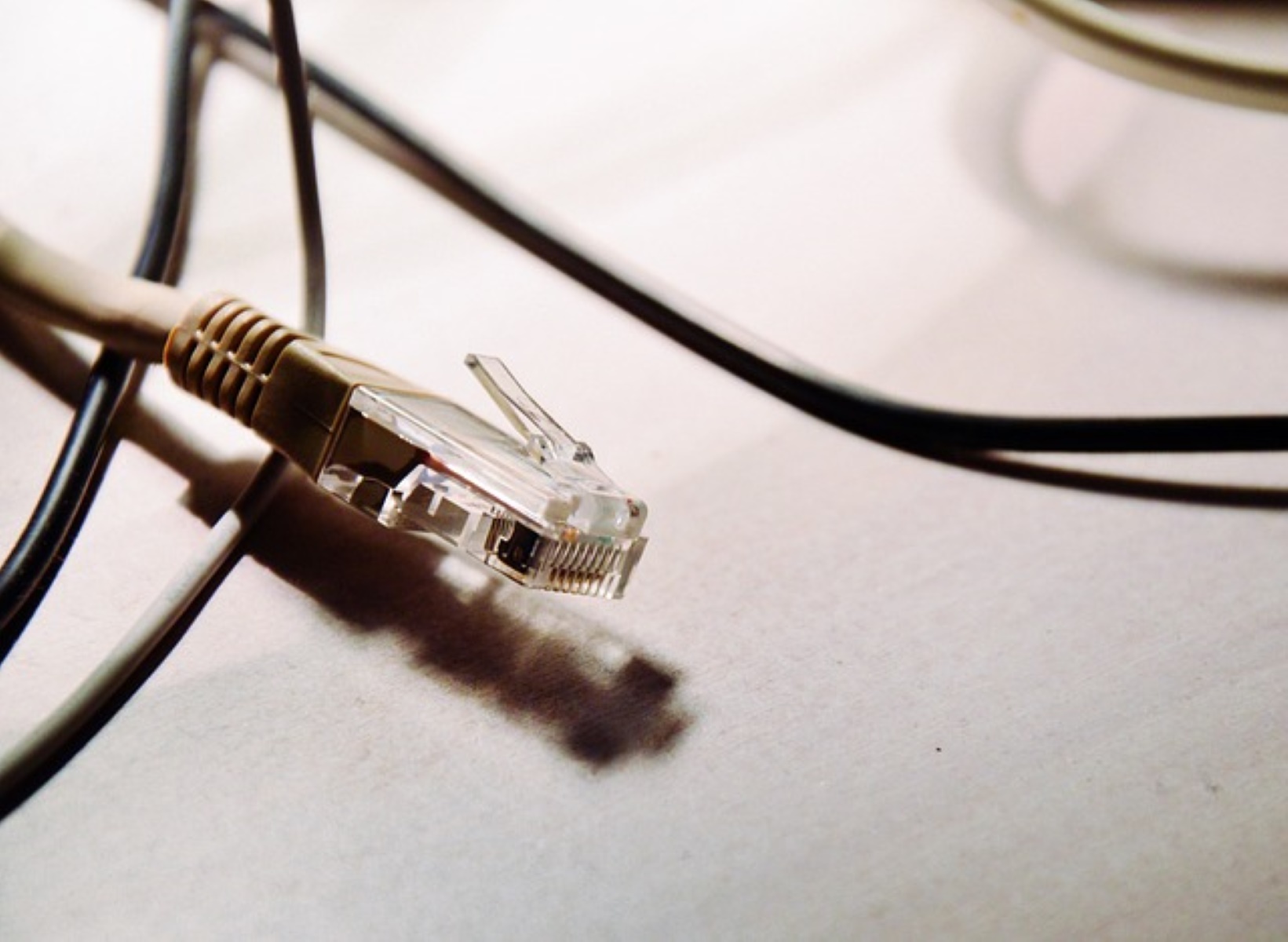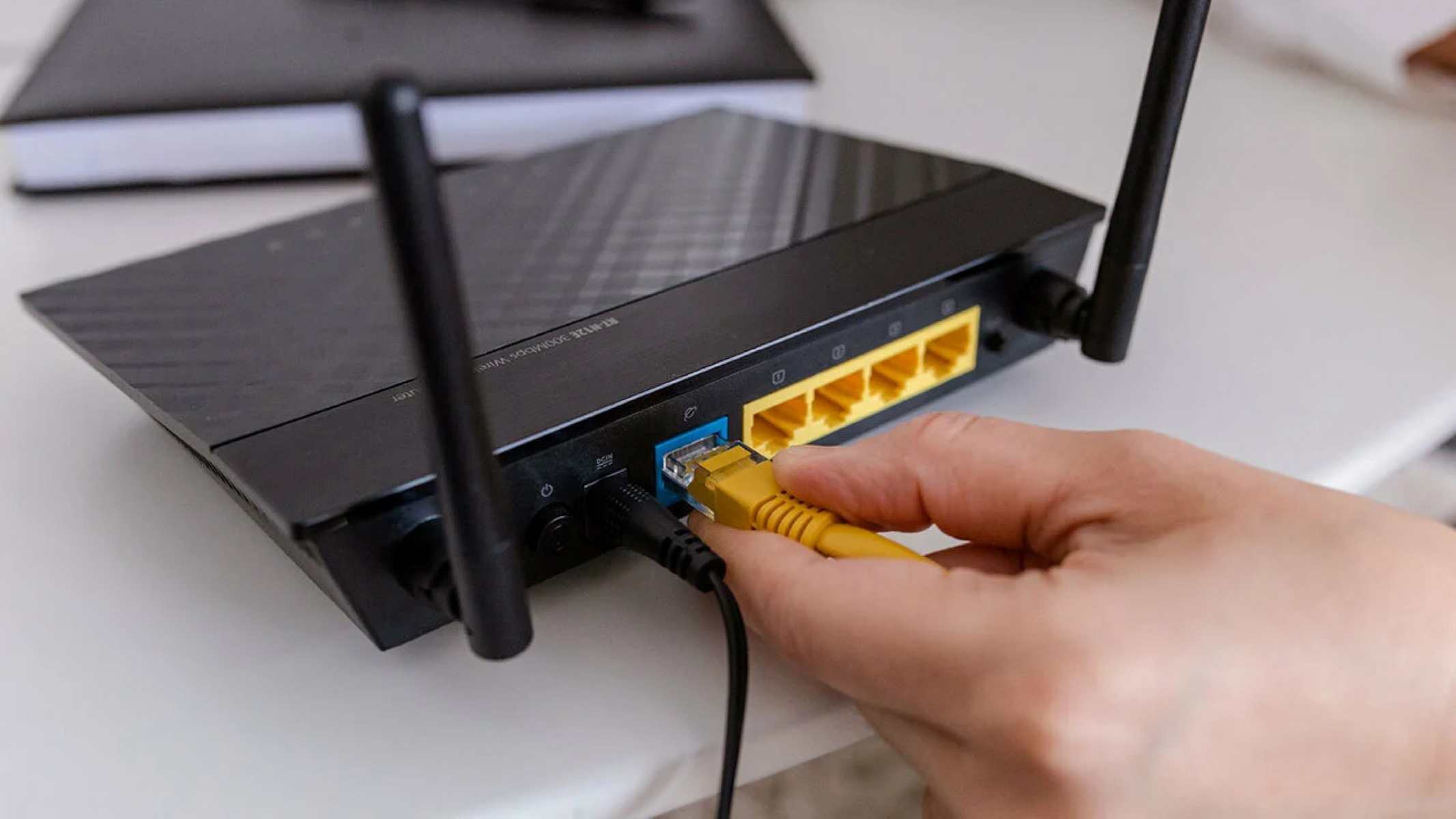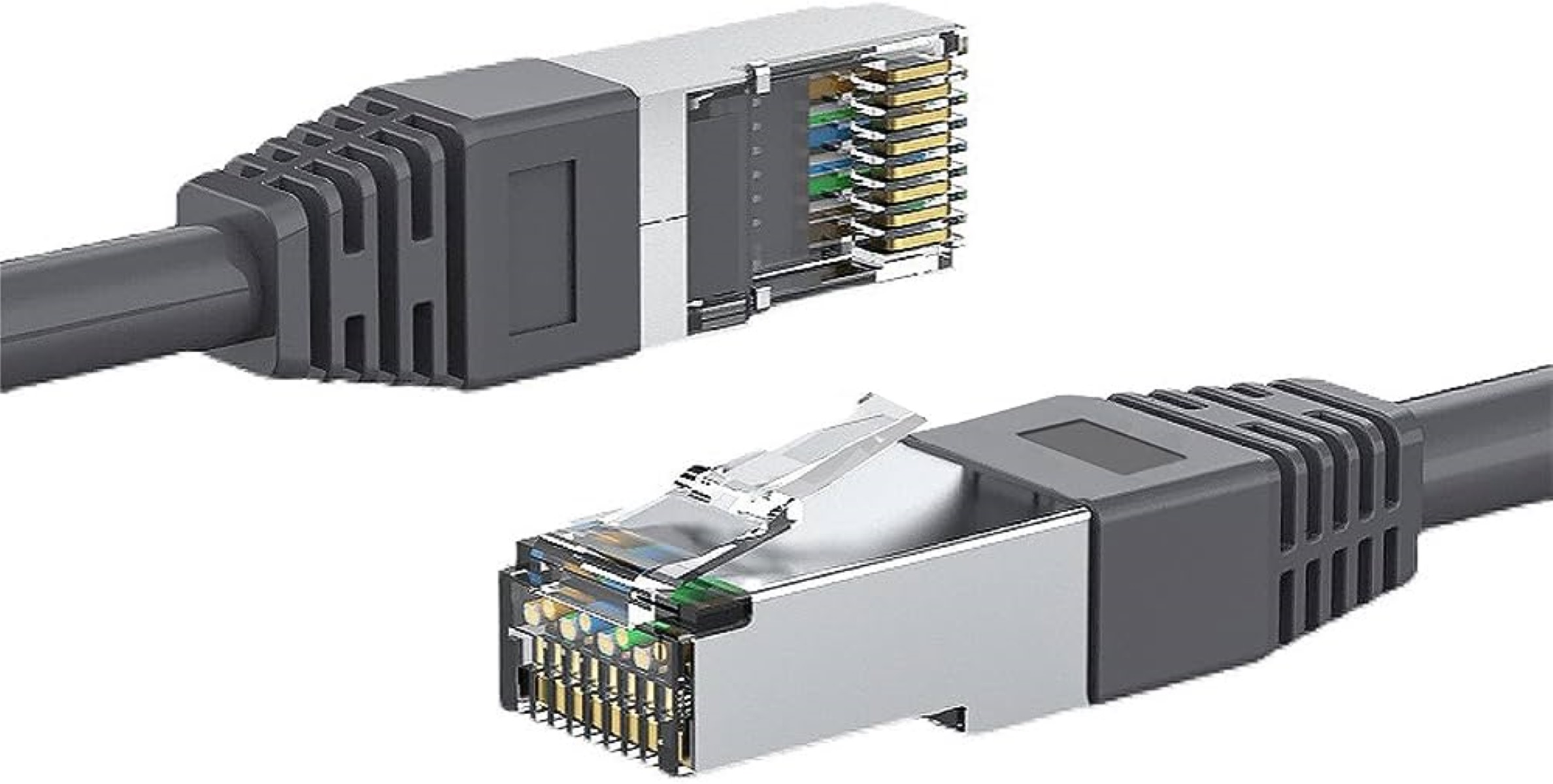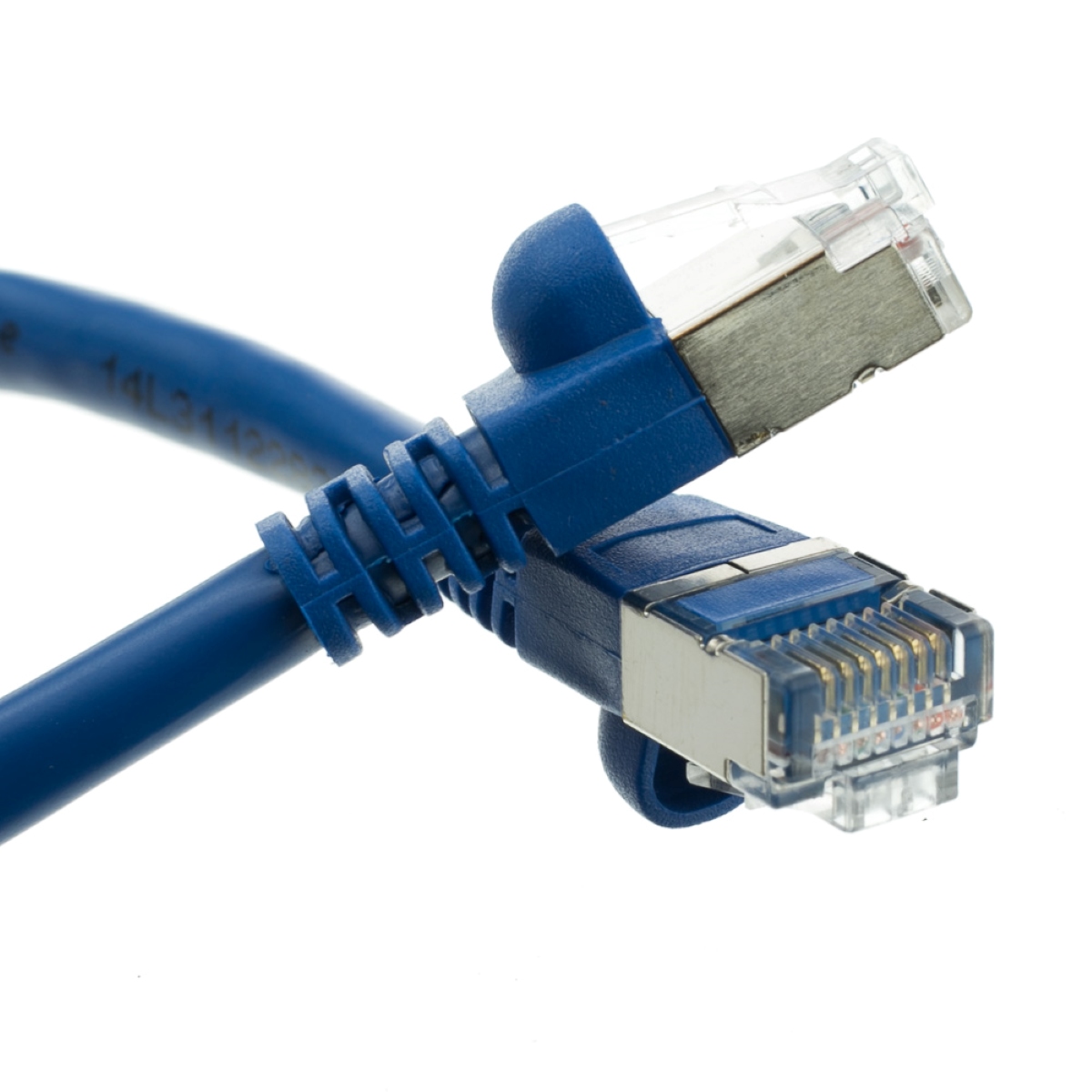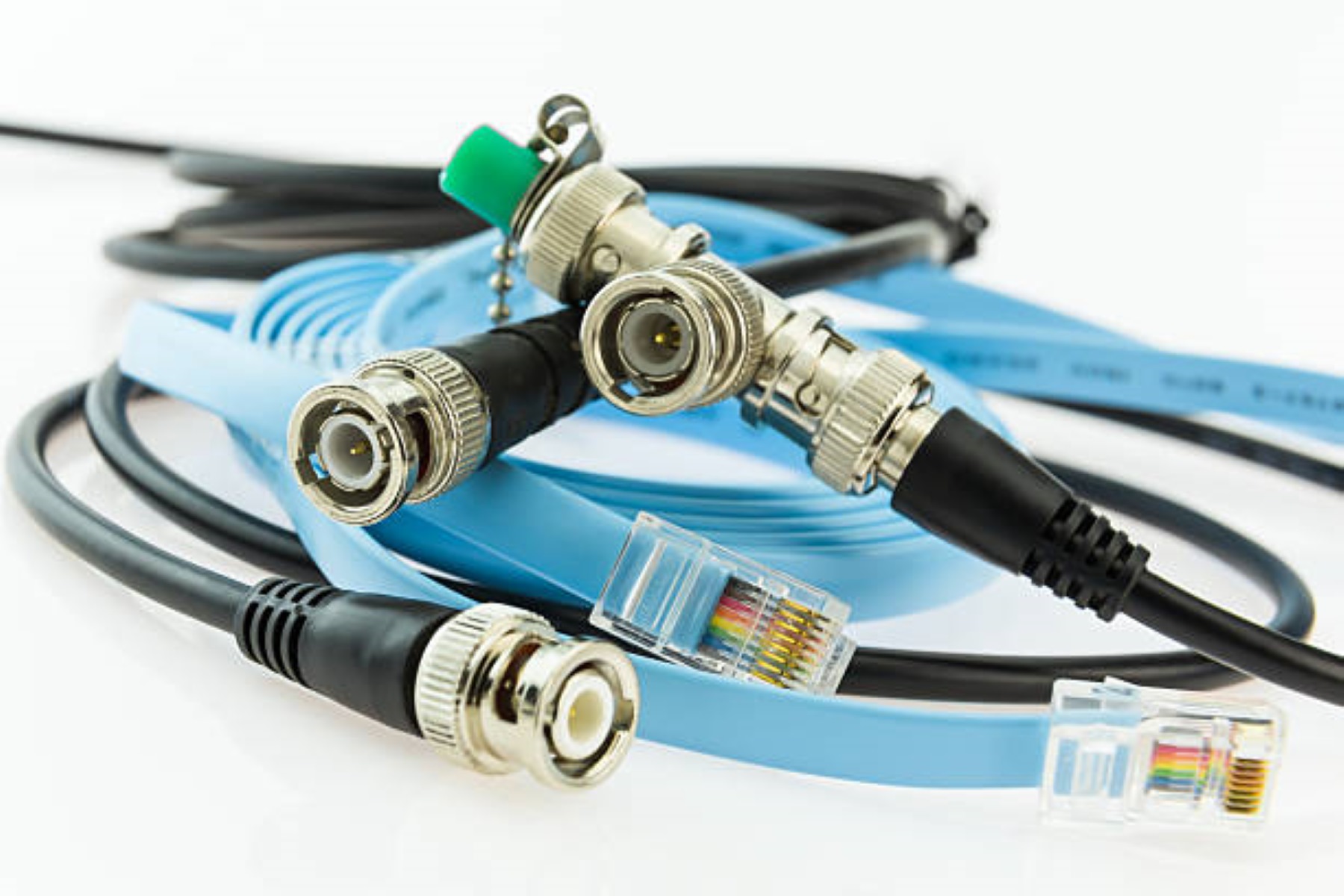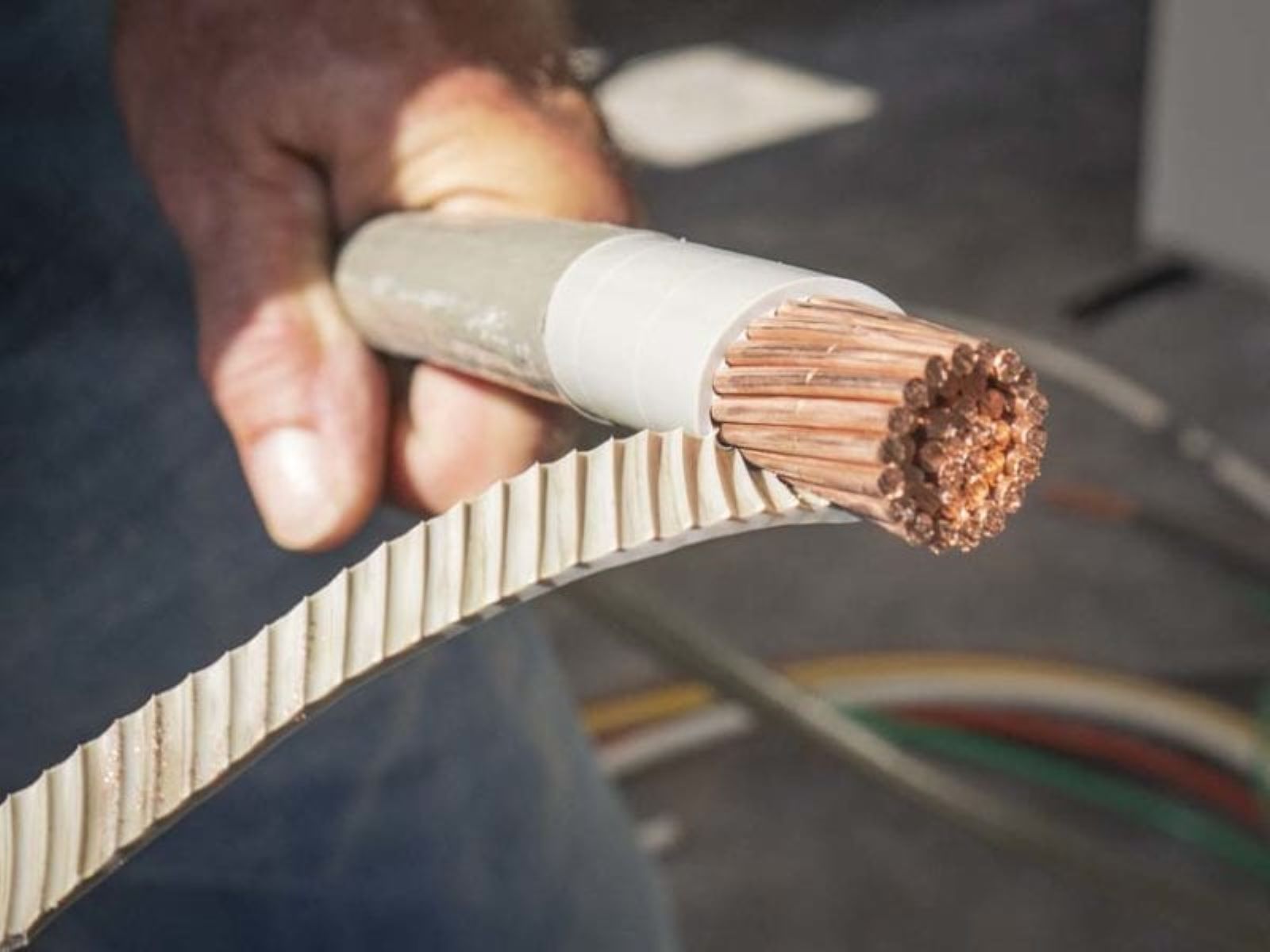Introduction
Ethernet cables are essential for establishing wired network connections, whether it’s at home, in the office, or in a data center. These cables carry data signals between devices, enabling them to communicate and share information. However, not all Ethernet cables are created equal. There are several different types of Ethernet cables, each offering varying speeds, bandwidths, and capabilities.
In this article, we will explore the different types of Ethernet cables and their features. We’ll discuss Cat5, Cat5e, Cat6, Cat6a, and Cat7 Ethernet cables, highlighting their strengths and differences. By understanding the variations between these cables, you can make an informed decision when selecting the appropriate Ethernet cable for your specific needs.
Before delving into the individual cable types, it’s important to note that Ethernet cables are categorized by their performance standards. The categories, commonly referred to as Cat, followed by a number (e.g., Cat5), indicate the cable’s specifications and capabilities.
Now, let’s dive into the details of each type of Ethernet cable and explore their benefits and applications.
Cat5 Ethernet Cables
Cat5 Ethernet cables, short for Category 5, were widely used in the early days of Ethernet networking. These cables are capable of transmitting data at speeds of up to 100 Mbps (megabits per second) over a distance of 100 meters. They use twisted pair copper wires and support frequencies of up to 100 MHz.
While Cat5 cables were once the standard, they have largely been replaced by newer and faster cables. However, they can still be found in many older network installations. Cat5 cables are inexpensive and suitable for basic network setups that don’t require high bandwidth or long distances.
One thing to note is that Cat5 cables have limited capacity for crosstalk, which is the interference between different wires within the cable. This can lead to signal degradation and slower data transmission speeds, especially in environments with high levels of electrical noise. Therefore, if you’re working in a location with potential interference, it may be worth considering an upgraded cable.
Despite their limitations, Cat5 cables are still suitable for various applications, including home networks, small businesses, and low-demand areas where gigabit speeds are not necessary. However, if you’re looking for faster speeds and better performance, you may want to explore newer options such as Cat5e, Cat6, or Cat7 Ethernet cables.
Cat5e Ethernet Cables
Cat5e Ethernet cables, also known as Category 5e, are an enhanced version of Cat5 cables. The “e” in Cat5e stands for “enhanced.” These cables offer improved performance and functionality compared to their predecessor.
Cat5e cables are capable of transmitting data at speeds of up to 1 Gbps (gigabit per second) over a distance of 100 meters. They achieve this by employing four pairs of twisted copper wires, similar to Cat5 cables. However, Cat5e cables have stricter specifications and better insulation to minimize crosstalk and enhance signal integrity, leading to higher data transfer rates.
One of the significant advantages of Cat5e cables is their backward compatibility with Cat5 cables. This means you can use Cat5e cables in existing Cat5 infrastructure without any issues. However, it’s important to note that when using Cat5e cables in a mixed environment, the overall network performance will be limited to the capabilities of the lowest category cable.
Cat5e Ethernet cables find applications in a variety of environments, including small to medium-sized businesses, home networks, and even certain commercial installations. They provide reliable and cost-effective connectivity, making them a popular choice for most Ethernet networking needs.
Additionally, Cat5e cables are often used for Voice over Internet Protocol (VoIP) services, video streaming, online gaming, and other high-bandwidth applications that require fast and stable connections. With their improved specifications, Cat5e cables offer a reliable and affordable solution for those looking for better performance than Cat5 cables.
It’s worth noting that while Cat5e cables are a significant improvement over Cat5 cables, they may not be sufficient for extremely demanding or future-proof network setups. In such cases, you might want to consider Cat6, Cat6a, or Cat7 Ethernet cables, which offer even higher speeds, better shielding, and greater potential for expansion.
Cat6 Ethernet Cables
Cat6 Ethernet cables, short for Category 6, are an upgraded version of Cat5e cables. They are designed to provide even higher performance and faster speeds for modern networking requirements.
Cat6 cables offer improved bandwidth, capable of transmitting data at speeds of up to 10 Gbps (gigabits per second) over a distance of 55 meters. They achieve this by utilizing thicker copper conductors and tighter twisted pairs, which reduce crosstalk and provide better signal quality.
One of the key advantages of Cat6 cables is their enhanced ability to handle interference. They feature additional shielding to minimize electromagnetic interference (EMI) and radio frequency interference (RFI), resulting in better overall performance. This makes Cat6 cables suitable for environments with high interference, such as offices with numerous electrical devices or areas close to power lines.
Another notable feature of Cat6 cables is their backward compatibility with Cat5 and Cat5e cables. This means that Cat6 cables can be used in existing network infrastructure to improve performance without the need for a full cable upgrade.
Cat6 Ethernet cables are commonly used in environments where higher data transfer rates and minimized latency are crucial, such as data centers, server rooms, and multimedia applications. They are also a suitable choice for businesses or individuals who require reliable and high-speed connections for activities like video conferencing, cloud computing, and large file transfers.
Although Cat6 cables provide impressive performance, it’s worth considering the specific needs of your network setup. If you’re planning for future growth or require even higher speeds, you may want to explore Cat6a or Cat7 Ethernet cables.
In summary, Cat6 Ethernet cables offer significant improvements over their predecessors, delivering faster speeds, better shielding, and reduced interference. They provide a reliable and future-proof solution for demanding networking environments.
Cat6a Ethernet Cables
Cat6a Ethernet cables, also known as Category 6a, are an enhanced version of Cat6 cables. The “a” in Cat6a stands for “augmented” or “enhanced.” These cables offer even higher performance and improved capabilities compared to Cat6 cables.
Cat6a cables are designed to support data transmission at speeds of up to 10 Gbps (gigabits per second) over a distance of 100 meters. They achieve this by utilizing thicker copper conductors and tighter twisted pairs, similar to Cat6 cables. However, Cat6a cables have improved shielding properties and better insulation, which contribute to reduced crosstalk and enhanced signal integrity.
One of the significant advantages of Cat6a cables is their ability to support 10 Gbps speeds over the full 100-meter distance. This makes them suitable for demanding applications and larger network infrastructures, such as data centers, enterprise networks, and multimedia applications.
Additionally, Cat6a cables have improved electromagnetic interference (EMI) and alien crosstalk resistance. The improved shielding ensures minimal signal degradation even in high-interference environments, allowing for reliable and stable connections.
Another notable feature of Cat6a cables is their backward compatibility with Cat6, Cat5e, and Cat5 cables. This means that Cat6a cables can be used in existing network setups without having to replace all the existing cables. However, it’s important to note that when combining different cable types, the overall network performance will be limited to the capabilities of the lowest category cable.
With its superior performance, Cat6a Ethernet cables are well-suited for applications that require high-speed data transmission and low-latency connections. They are an ideal choice for bandwidth-intensive tasks like video streaming, cloud computing, online gaming, and handling large amounts of data.
It’s worth considering that while Cat6a cables provide impressive performance, they may not be necessary for all network setups. If you’re working with smaller-scale installations or do not require 10 Gbps speeds, Cat6 or Cat5e cables may be more cost-effective options.
In summary, Cat6a Ethernet cables offer advanced features and top-of-the-line performance, making them the ideal choice for businesses and organizations requiring high-speed and reliable network connections over long distances.
Cat7 Ethernet Cables
Cat7 Ethernet cables, also known as Category 7, are the latest and most advanced type of Ethernet cables available. They are designed to meet the increasing demands of modern networking technologies and offer the highest performance and capabilities in the market.
Cat7 cables are capable of transmitting data at speeds of up to 10 Gbps (gigabits per second) over a distance of 100 meters. However, what sets Cat7 cables apart is their ability to support even higher frequencies of up to 600 MHz. This increased frequency allows for faster data transfer rates, reduced latency, and improved overall network performance.
One of the key features of Cat7 cables is their shielding. They typically have individual shielding for each pair of twisted wires, as well as an overall shield around all the pairs. This enhanced shielding helps minimize crosstalk and provides excellent noise immunity, making Cat7 cables ideal for environments with high levels of interference.
Additionally, Cat7 cables support Power over Ethernet (PoE) technology, allowing devices to receive power through the Ethernet cable itself. This eliminates the need for separate power cables and simplifies the installation process, especially in areas where power outlets are limited or not easily accessible.
While Cat7 cables offer impressive performance, it’s important to note that they require compatible networking equipment to achieve their full potential. This includes routers, switches, and network interface cards that support Cat7 standards.
Cat7 cables are commonly used in professional and enterprise-level applications that require ultra-fast data transfer rates, such as data centers, server rooms, and high-performance computing environments. They are also suitable for home networks where there is a need for maximum performance and future-proofing.
It’s worth considering that Cat7 cables are typically more expensive than other cable types. Therefore, it’s essential to evaluate your specific networking requirements before investing in Cat7 cables. If your network doesn’t require speeds of 10 Gbps or higher or if you’re working with a smaller-scale setup, alternatives like Cat6a or Cat6 cables may provide a more cost-effective solution.
In summary, Cat7 Ethernet cables provide the highest level of performance, bandwidth, and shielding capabilities in the Ethernet cable market. They are designed to meet the demands of advanced networking technologies, making them a preferred choice for professionals and businesses aiming for maximum performance and future-proofing.
Differences Between Cat5, Cat5e, Cat6, Cat6a, and Cat7 Ethernet Cables
When it comes to Ethernet cables, there are several key differences between Cat5, Cat5e, Cat6, Cat6a, and Cat7 cables. These differences include performance, speed capabilities, bandwidth, and shielding. Let’s explore these variances to help you understand which cable is best suited for your networking needs.
Starting with Cat5, it is the older standard that can transmit data at speeds up to 100 Mbps (megabits per second) with a frequency of 100 MHz. Cat5e, the “e” standing for “enhanced,” offers improved performance and can handle speeds up to 1 Gbps with a frequency of 100 MHz. This makes Cat5e more suitable for high-bandwidth applications and larger network infrastructures.
Cat6 takes performance a step further, supporting speeds up to 10 Gbps with a higher frequency capability of up to 250 MHz. It also features better insulation and shielding, reducing crosstalk and interference. Cat6 is ideal for demanding environments that require high-speed and reliable connections, such as data centers and server rooms.
Cat6a, the “a” standing for “augmented,” enhances the performance of Cat6 cables. It supports speeds of up to 10 Gbps over longer distances, up to 100 meters, with a frequency capability of 500 MHz. Cat6a cables also offer better shielding, reducing electromagnetic interference and improving signal integrity. It is commonly used in more demanding applications and larger-scale network setups.
Finally, Cat7 represents the latest and most advanced Ethernet cable standard currently available. It is capable of transmitting data at speeds up to 10 Gbps over a distance of 100 meters, with a frequency capability of 600 MHz. Cat7 cables provide the highest level of shielding, utilizing individual shielding for each twisted pair and an overall shield around all pairs. This shielding minimizes crosstalk and external interference, making Cat7 cables ideal for environments with high levels of electrical noise.
It’s important to note that while Cat5, Cat5e, Cat6, Cat6a, and Cat7 cables differ in terms of performance and capabilities, they are generally backward compatible. This means that you can use a higher category cable with lower category devices or network infrastructure, although the performance will be limited to the lowest category cable in the setup.
When choosing the right Ethernet cable for your needs, consider factors such as required speed, distance, interference levels, and budget. While Cat7 offers the highest performance, it may not be necessary for all network setups. Factors such as cost-effectiveness and future-proofing should also be taken into consideration.
To summarize, the key differences between Cat5, Cat5e, Cat6, Cat6a, and Cat7 cables lie in their performance, speed capabilities, bandwidth, and shielding properties. Understanding these differences will help you select the appropriate Ethernet cable for your specific networking requirements.
Conclusion
Ethernet cables play a vital role in establishing wired network connections, and choosing the right cable is essential for optimal performance and reliability. In this article, we explored the different types of Ethernet cables – Cat5, Cat5e, Cat6, Cat6a, and Cat7 – and discussed their respective features and capabilities.
Cat5 cables, although outdated, can still serve basic networking needs at a lower cost. However, Cat5e cables offer improved performance and are widely adopted due to their compatibility and affordability.
Cat6 cables provide higher speeds and better shielding, making them a suitable choice for demanding environments that require faster data transfer rates and reduced interference. For even greater performance, Cat6a cables excel with their support for 10 Gbps speeds over longer distances.
Cat7 cables represent the pinnacle of Ethernet cable technology, offering the highest performance and shielding capabilities. They are ideal for high-bandwidth applications, large-scale network infrastructures, and environments with significant interference.
When selecting an Ethernet cable, it’s crucial to consider your specific networking requirements, such as required speed, distance, budget, and potential interference. By understanding the differences between the various cable types, you can make an informed decision that best suits your needs.
Remember, backward compatibility is a significant factor to consider when choosing an Ethernet cable. Upgrading to a higher category cable allows for future-proofing, but the overall performance will be limited by the lowest category cable in your network setup.
In conclusion, Ethernet cables are not one-size-fits-all, and the choice of cable depends on the specific demands of your network. Whether it’s for home use, small businesses, or enterprise-level installations, selecting the appropriate Ethernet cable will ensure reliable and efficient network connectivity for years to come.







